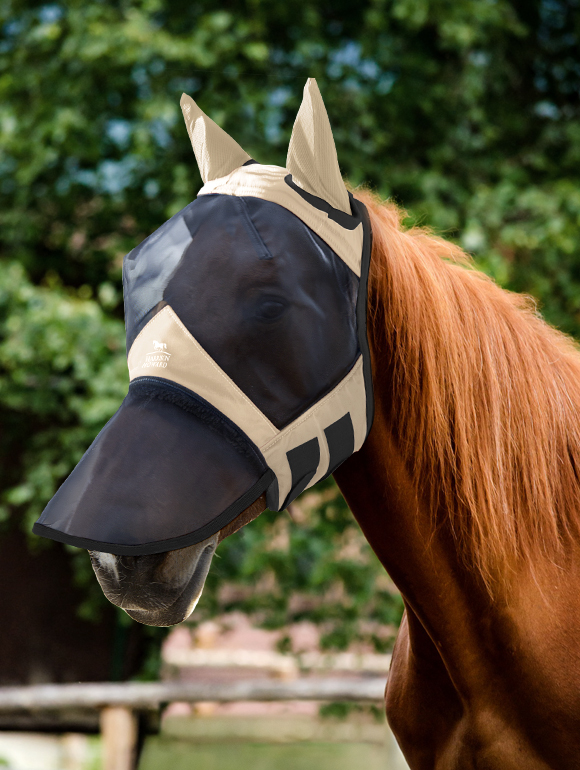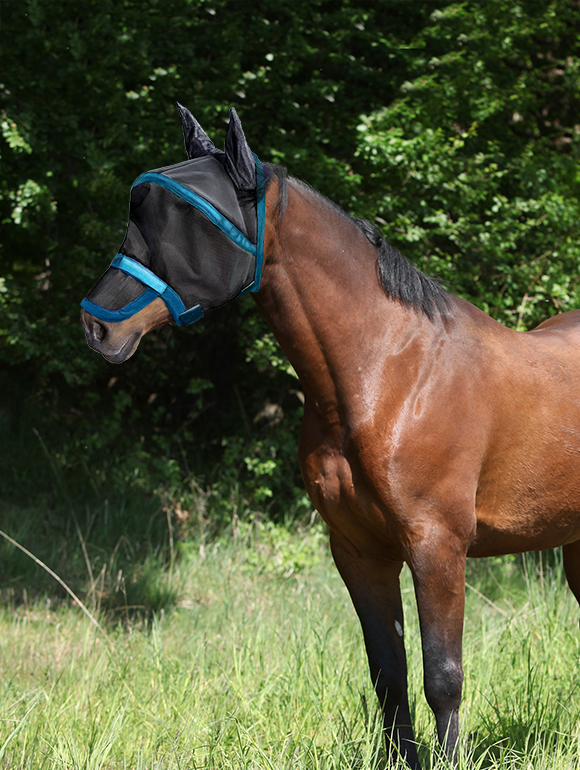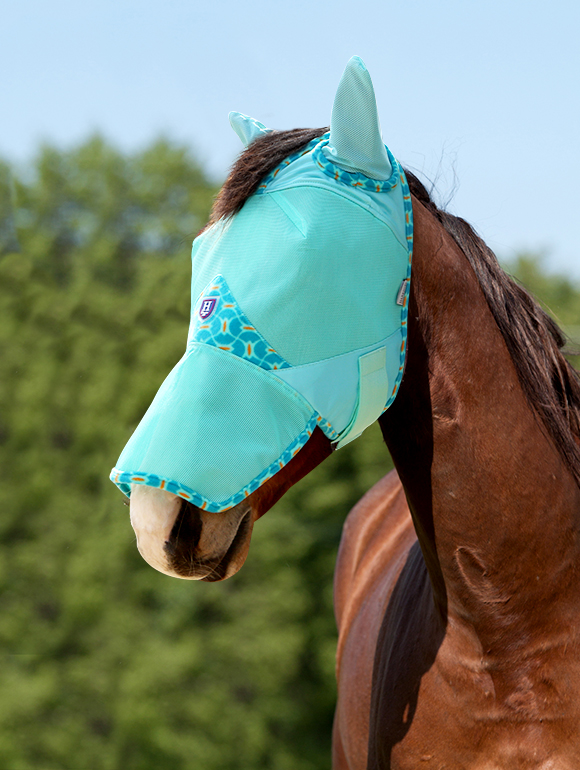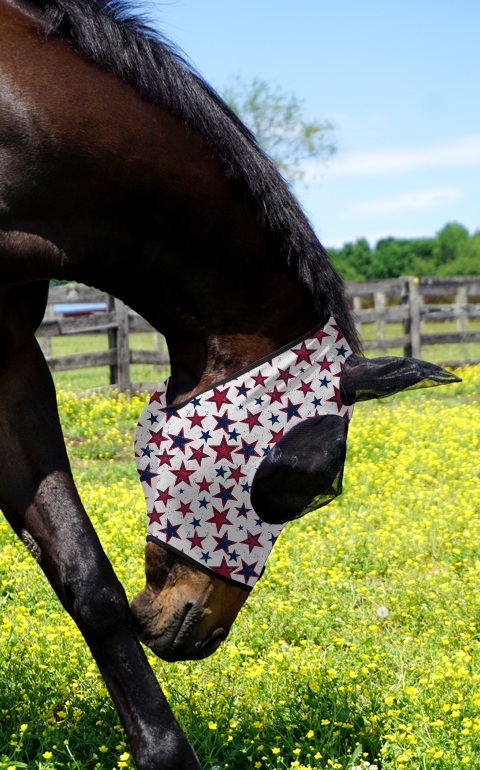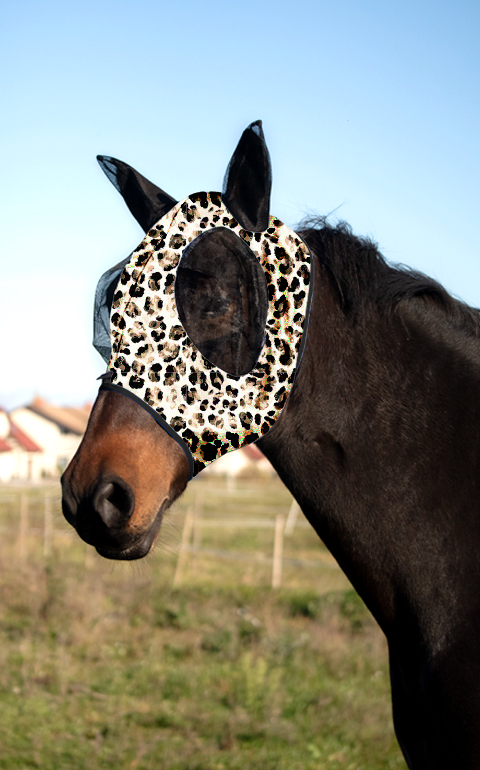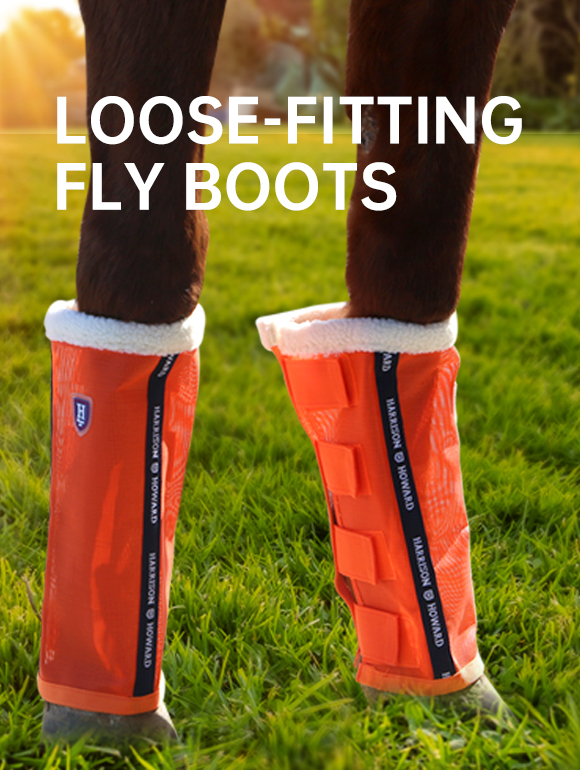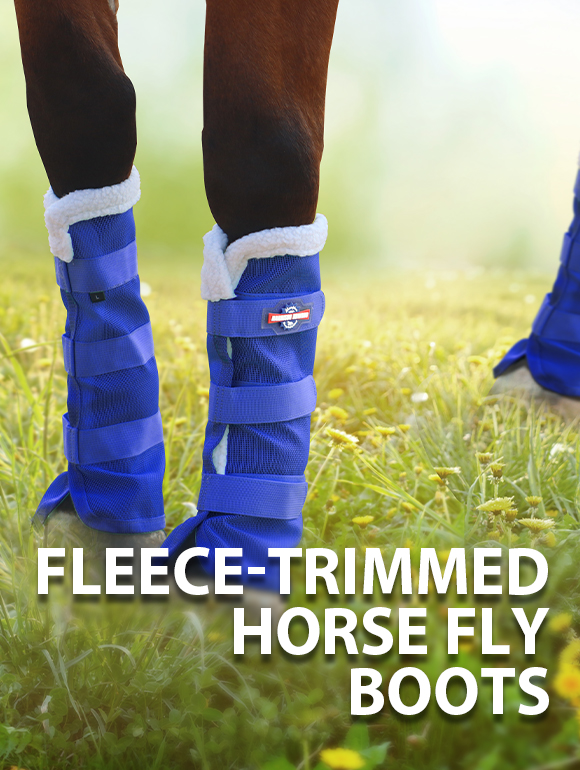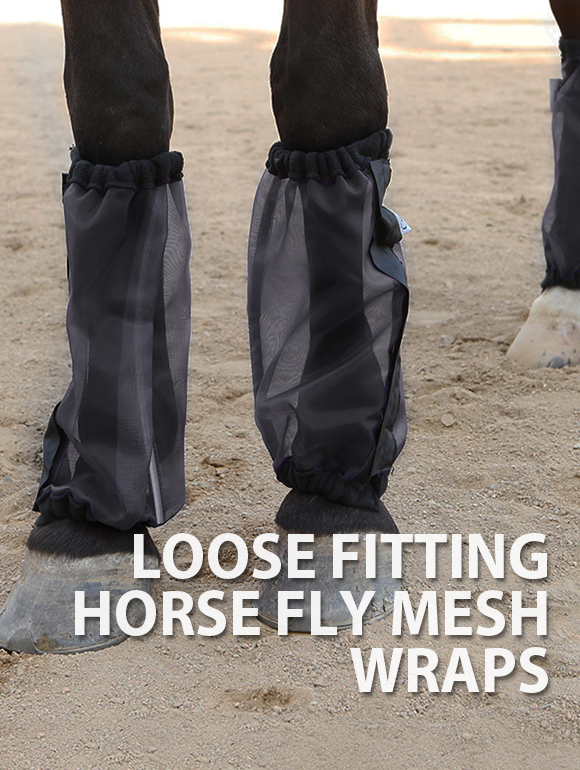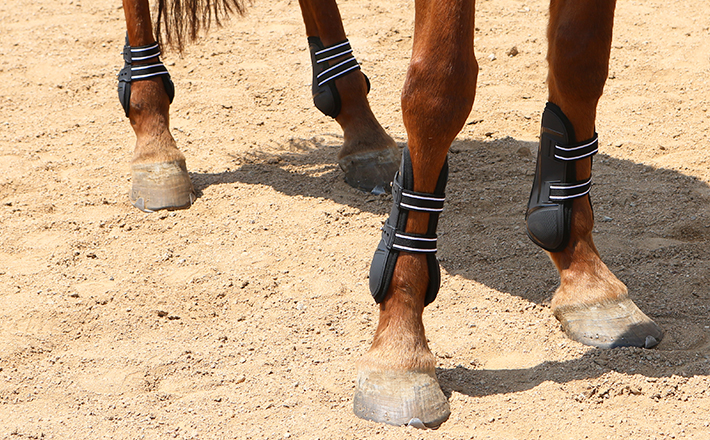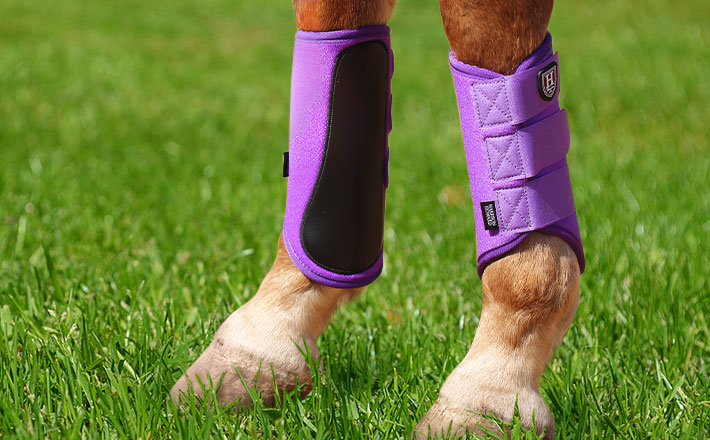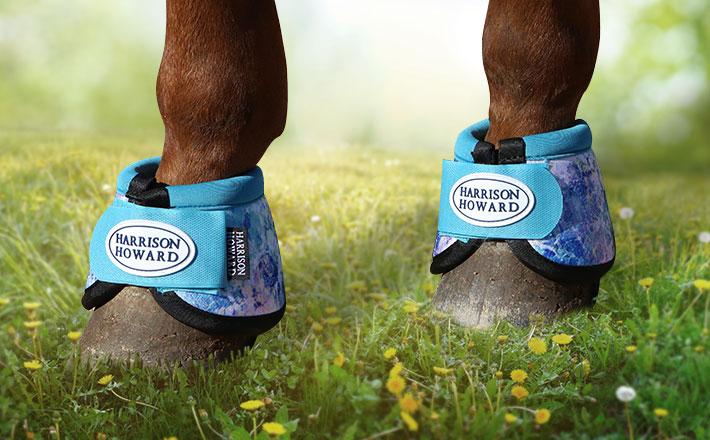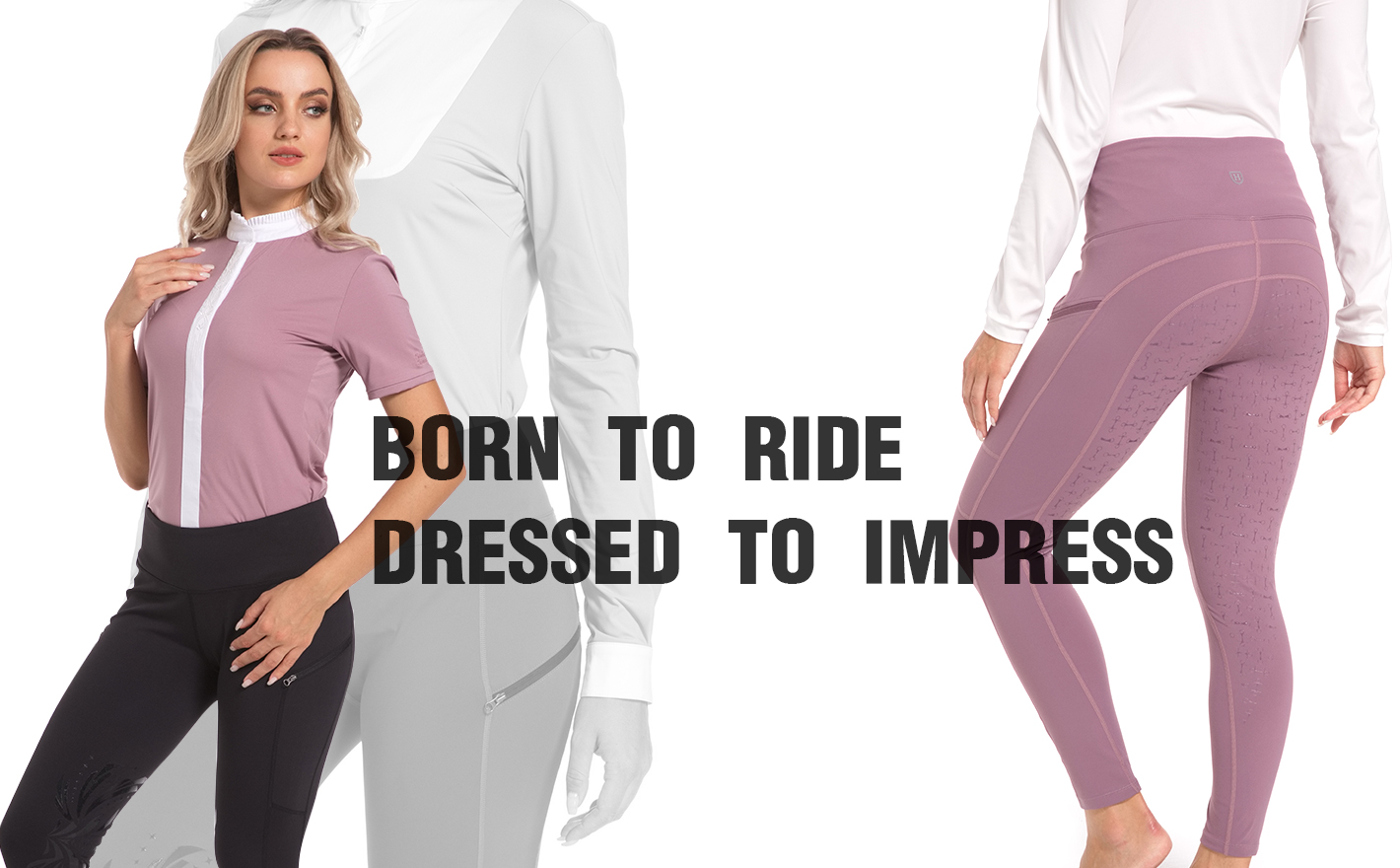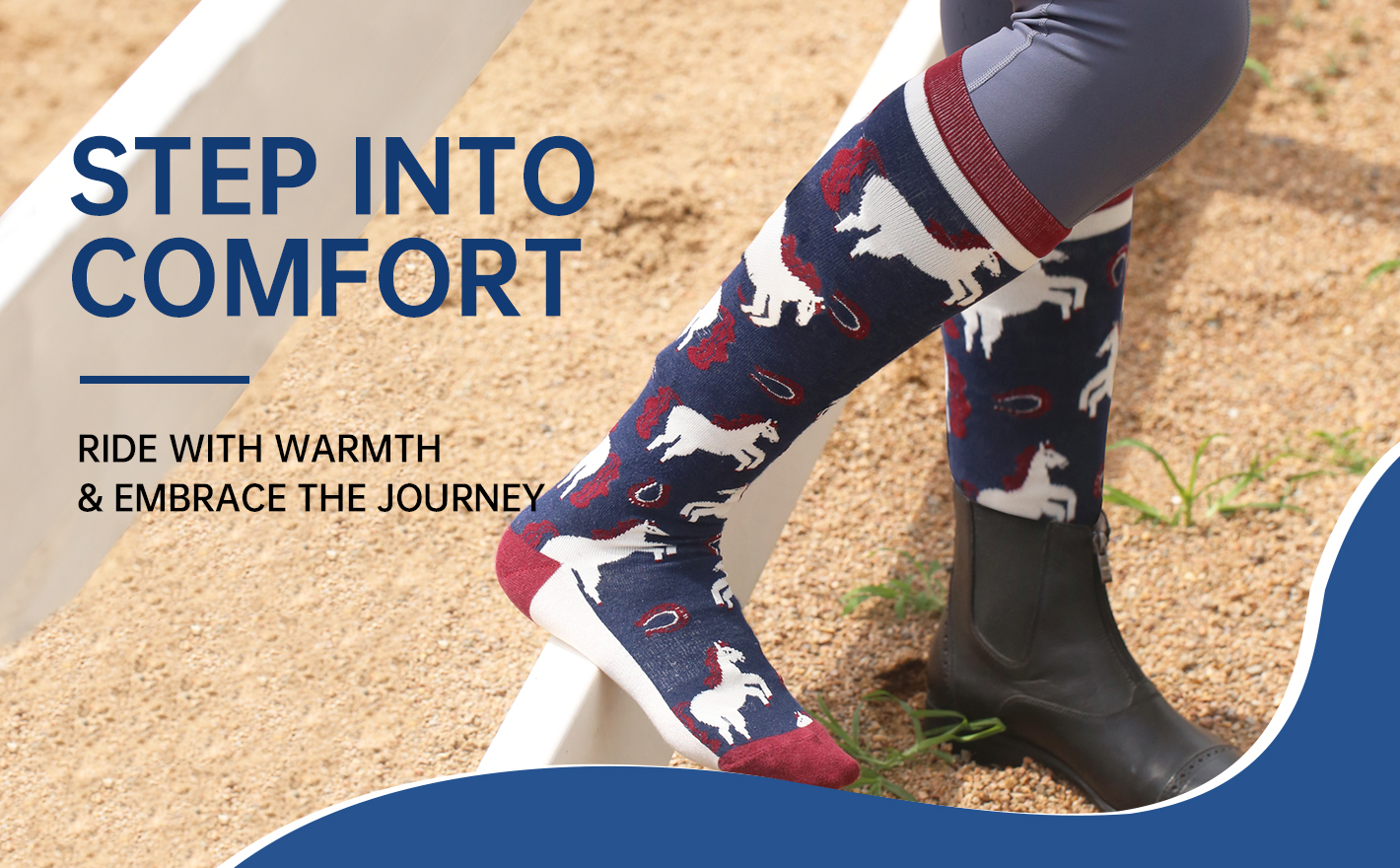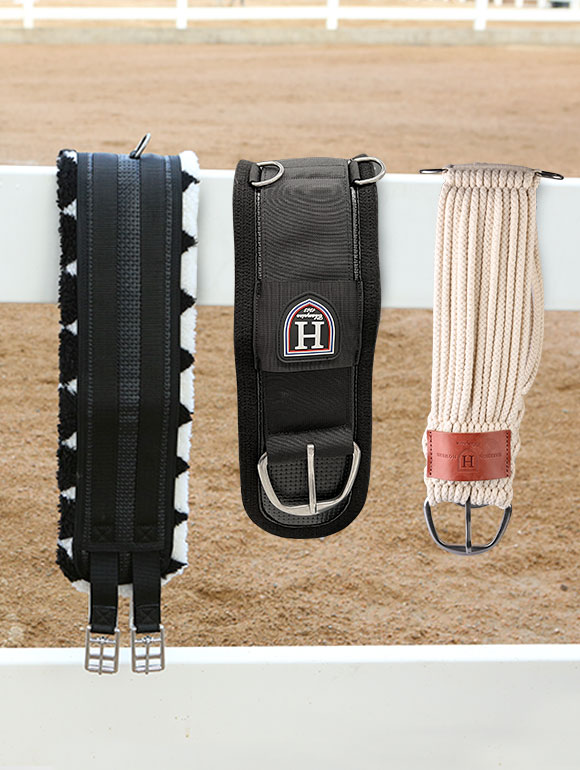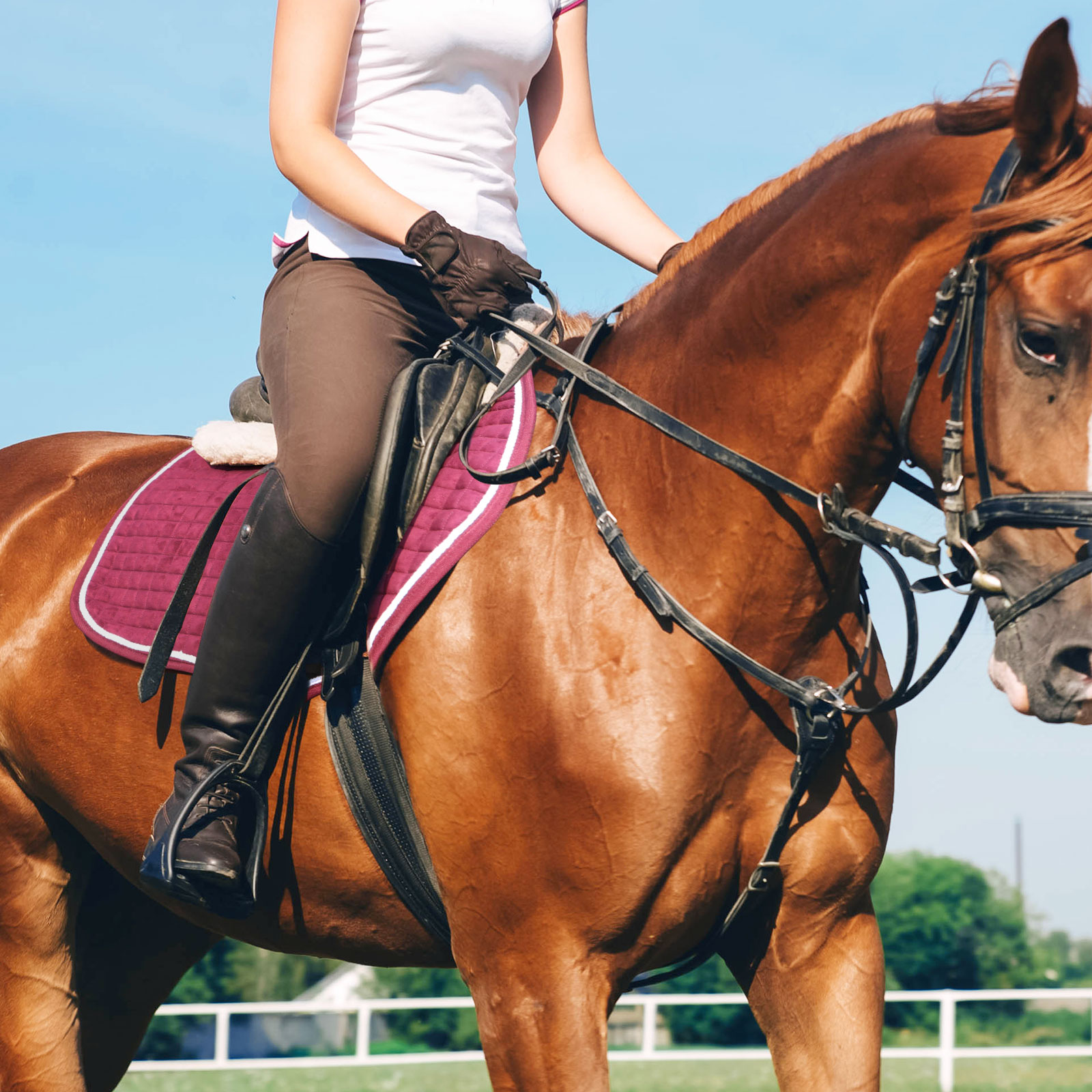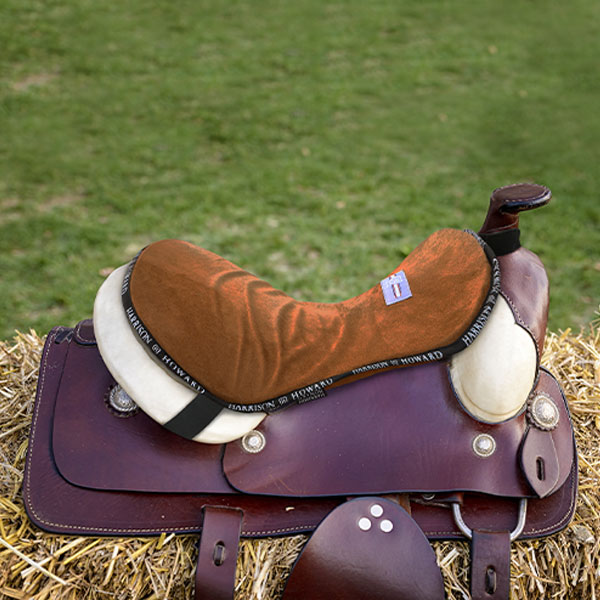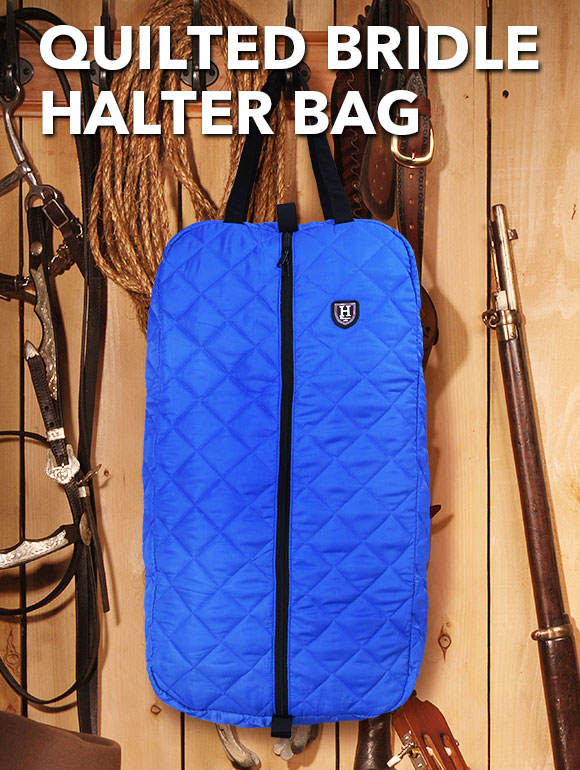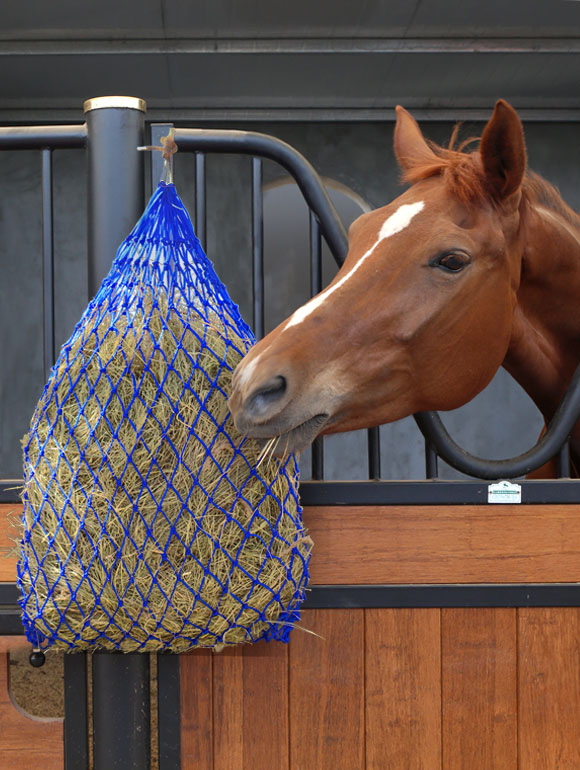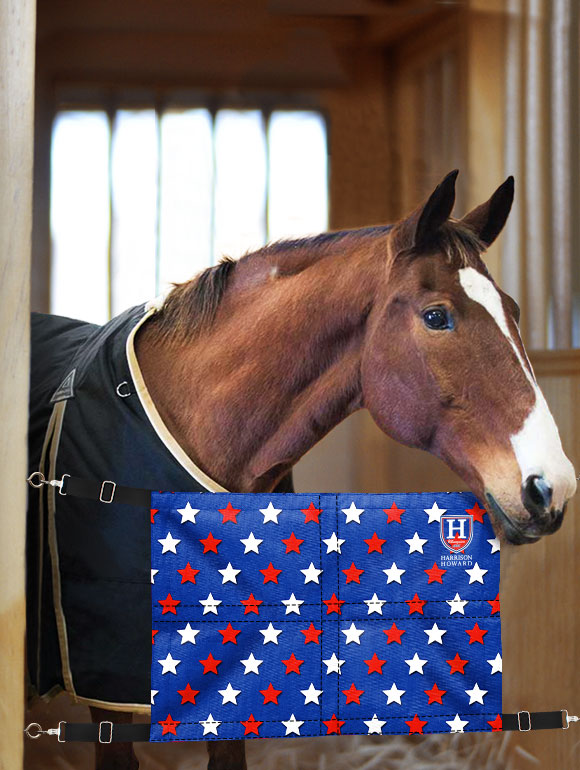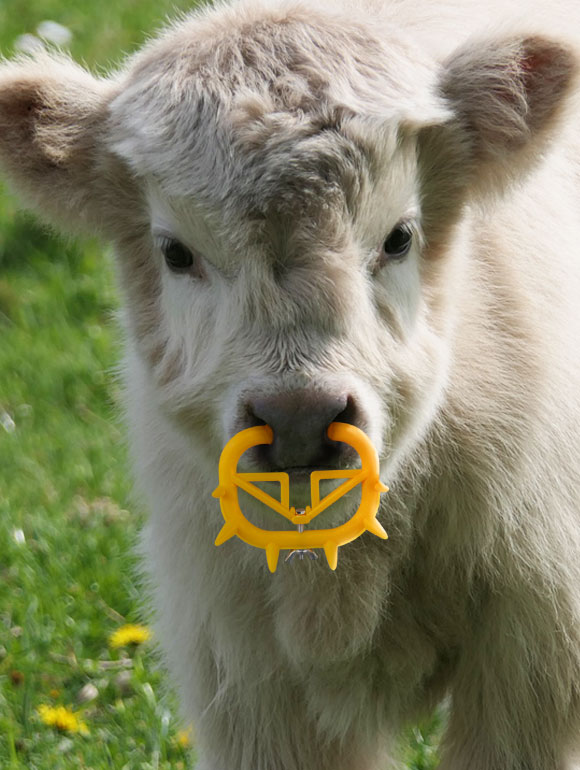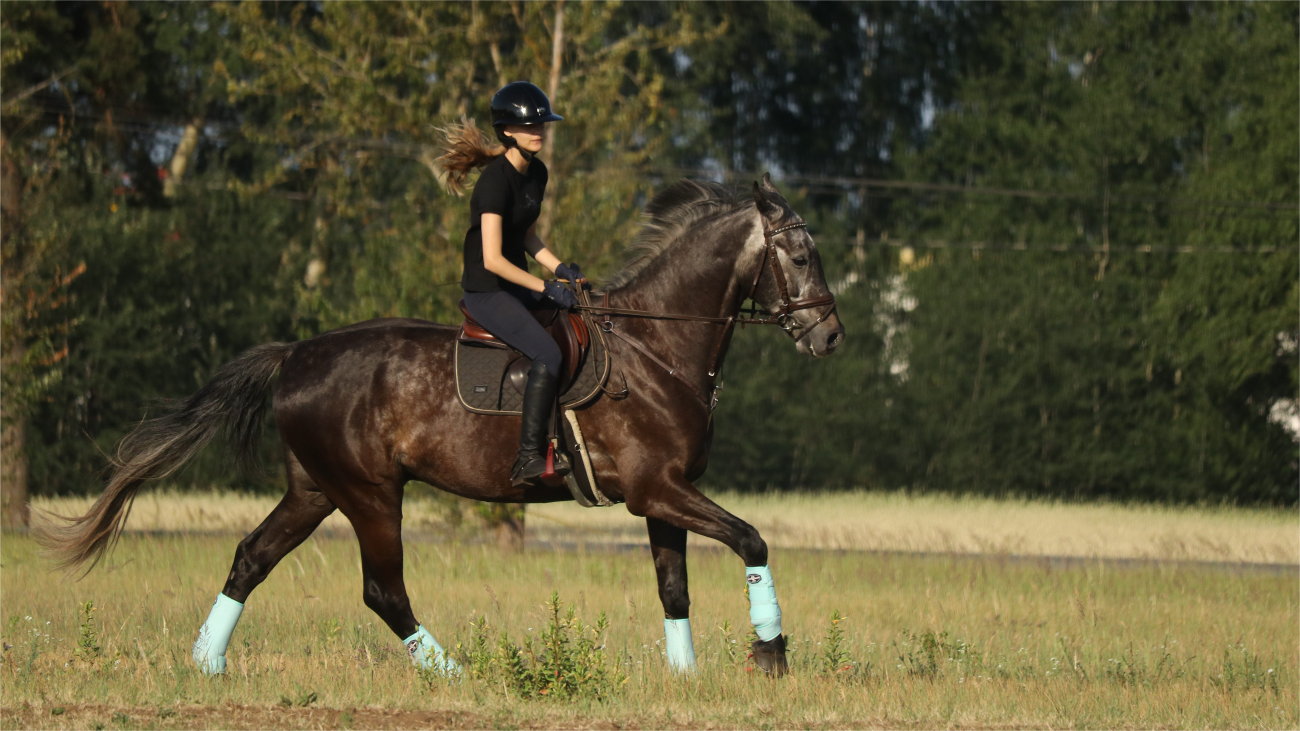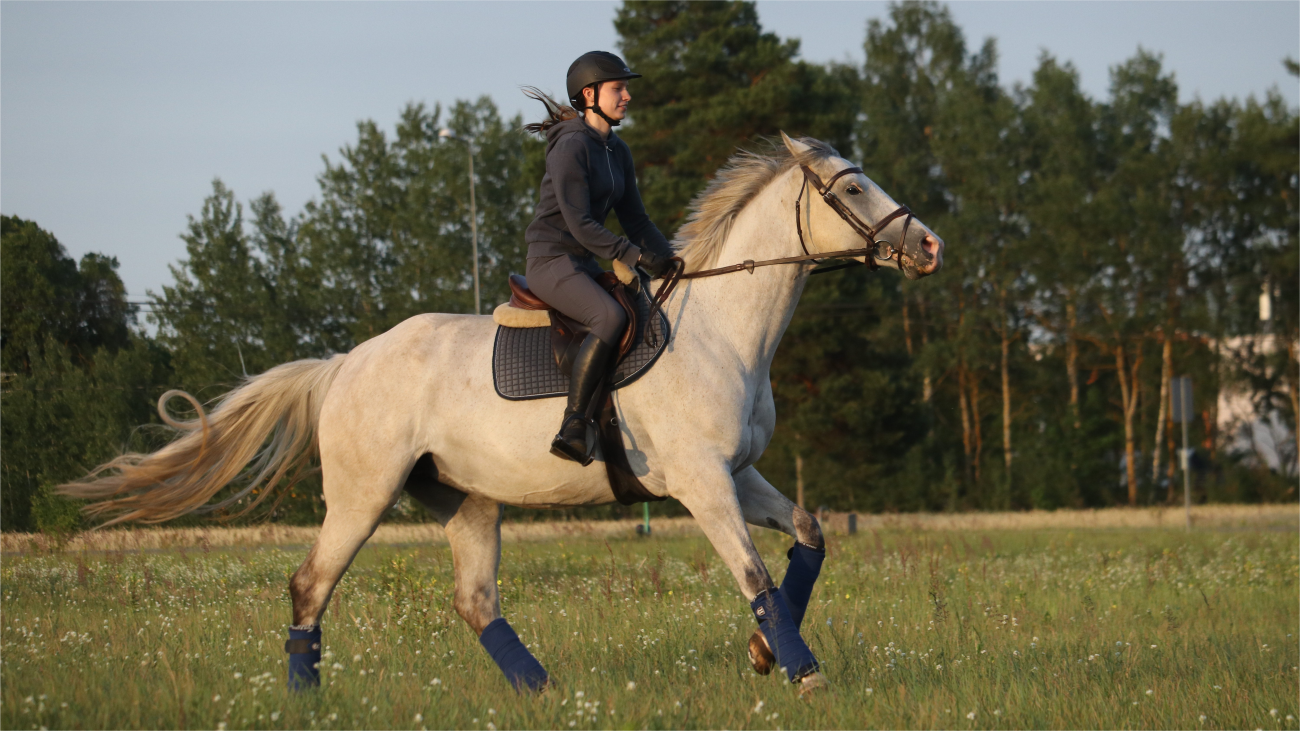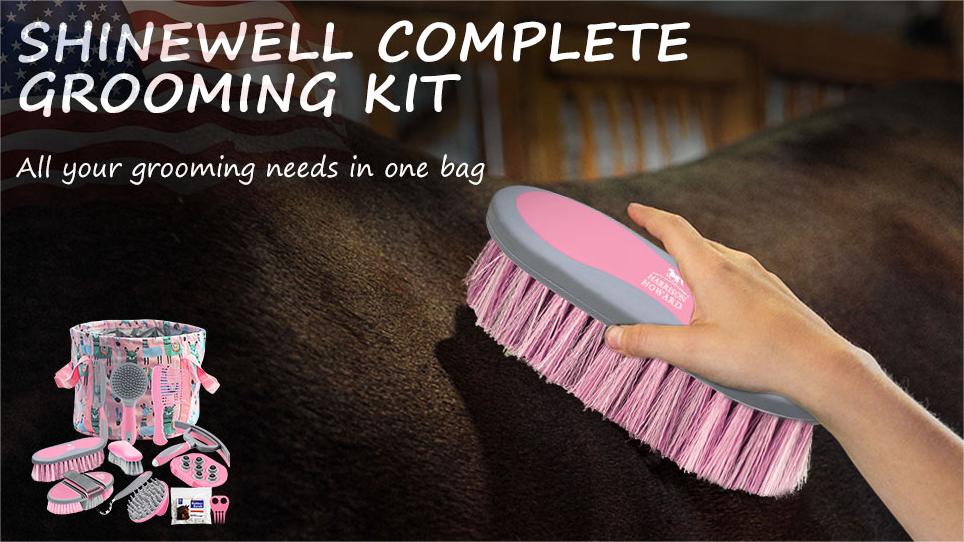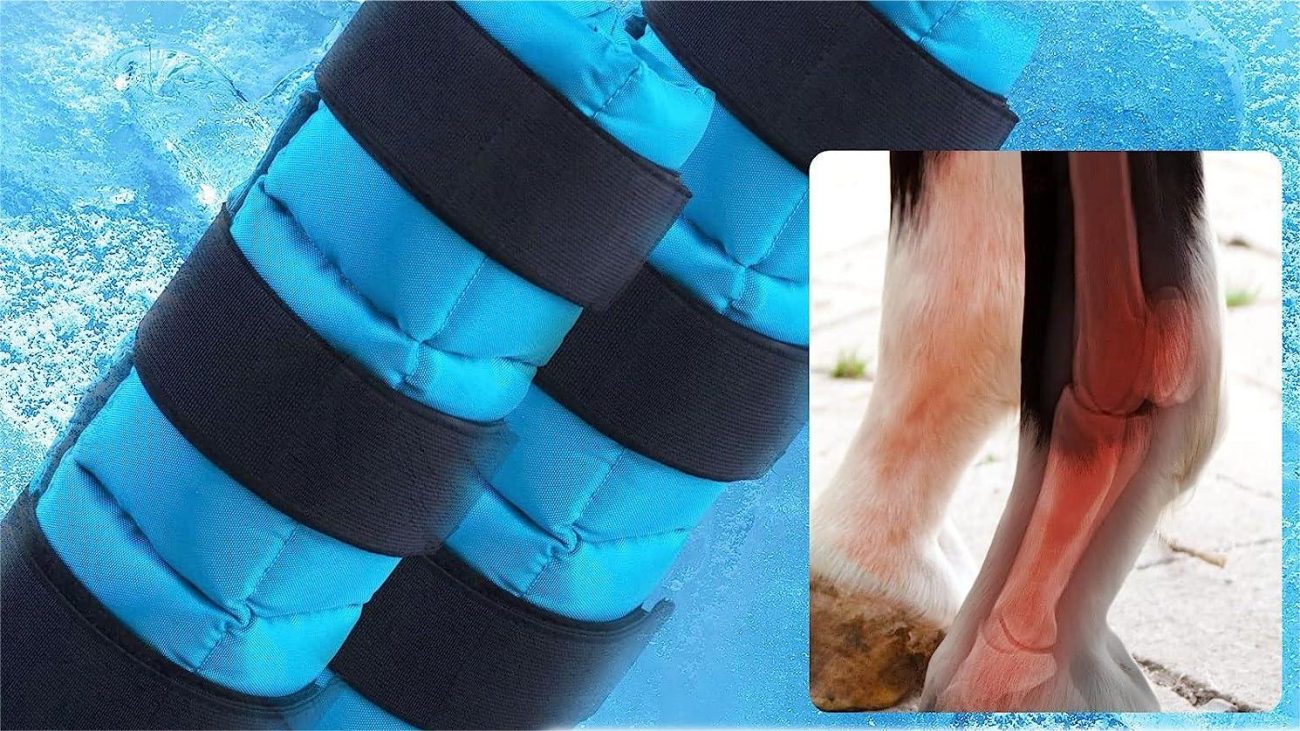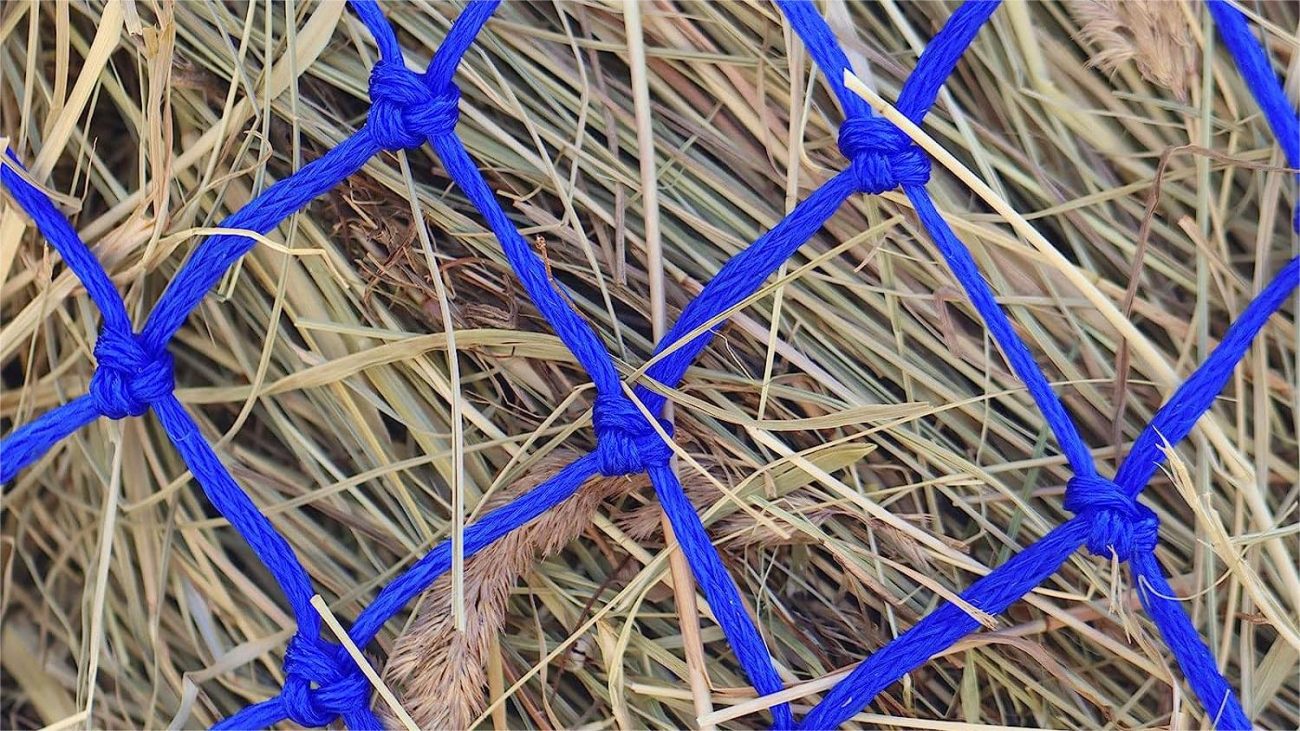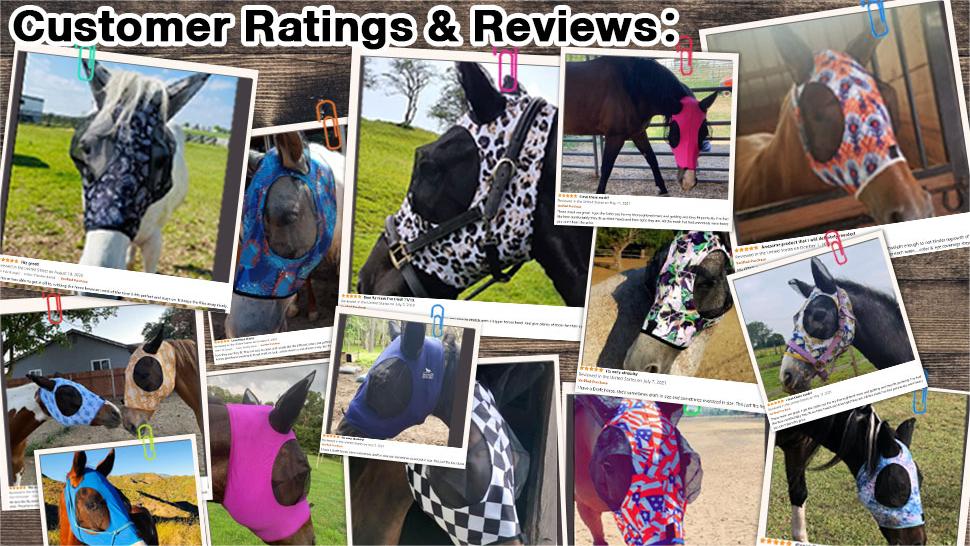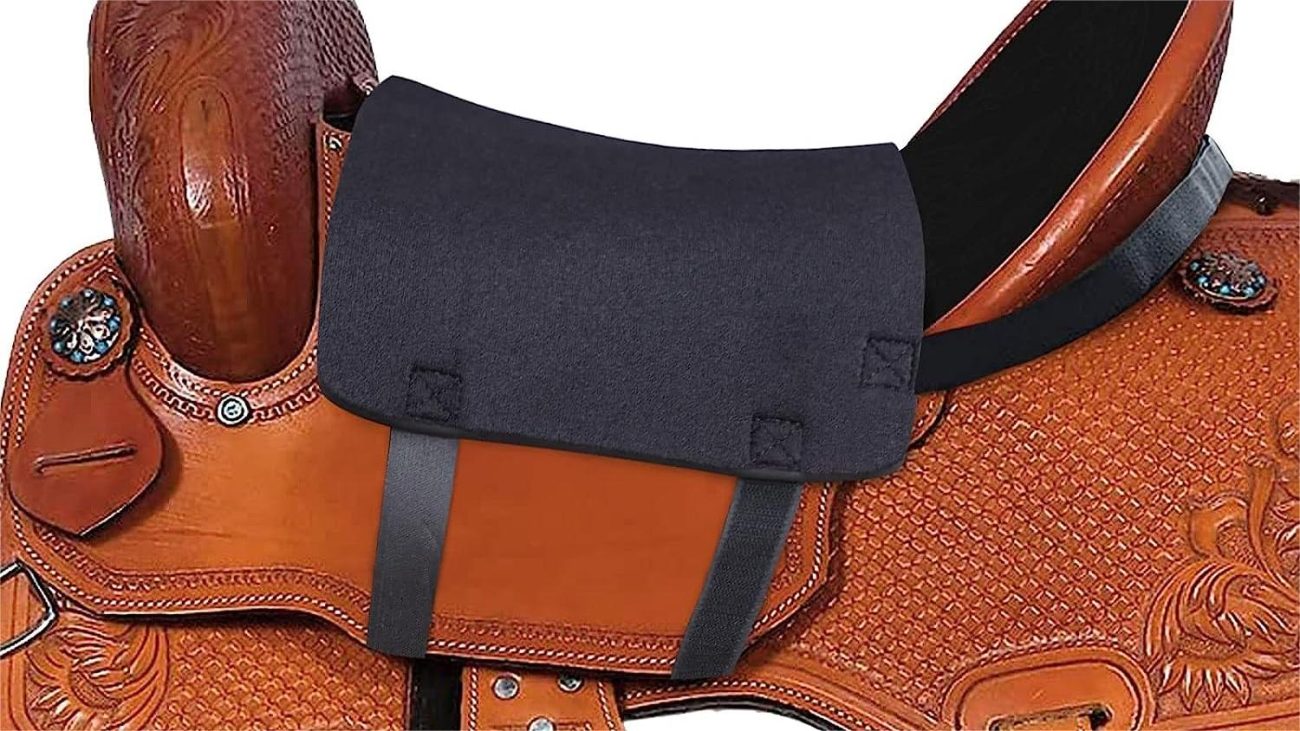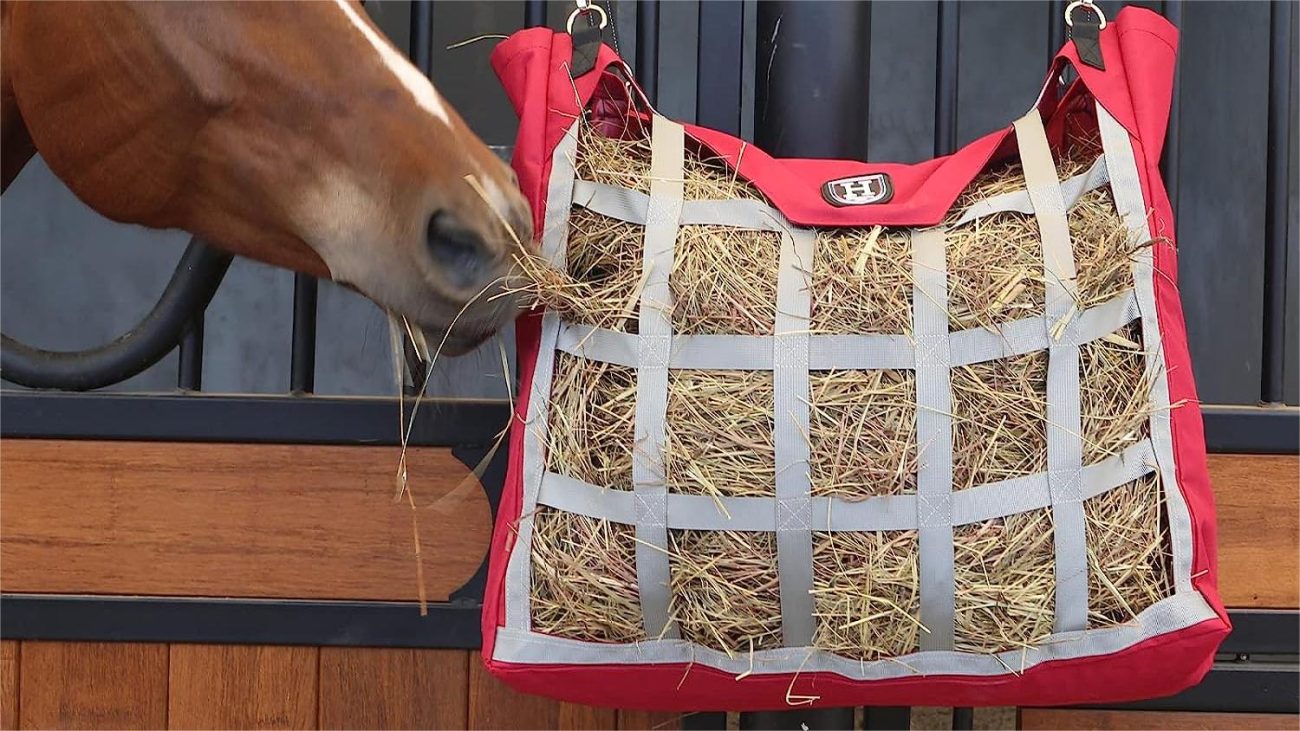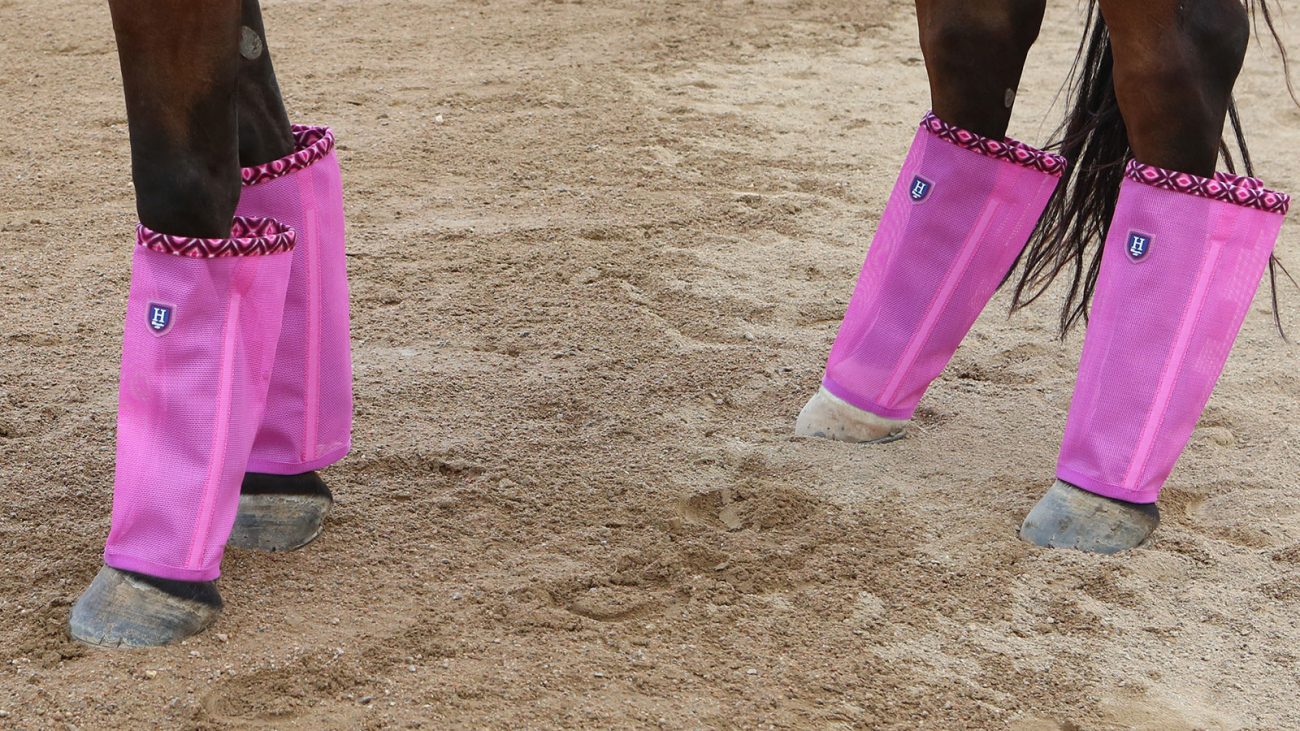The saddle pad, often considered an inconsequential accessory, plays a vital role in providing comfort and performance for your horse. Selecting the right saddle pad can significantly enhance your horse’s happiness and performance, while the wrong choice can lead to discomfort, irritation, and health issues over time. So, how do you choose the right saddle pad for your horse? Here are some factors to consider:
Material
The material of a saddle pad can affect your horse’s comfort level and overall performance. Wool is a popular choice due to its durability, natural sweat-wicking properties, and ability to evenly distribute pressure. Sheepskin, while more expensive, provides excellent cushioning and breathability. Synthetic materials can also be a good choice, as they are often lightweight, easy to clean, and can have properties such as moisture-wicking or anti-slip.
Size and Shape
The size and shape of the saddle pad should align with that of your saddle and your horse’s back. A pad that is too large may lead to bunching and discomfort, while a pad that is too small might not provide enough coverage or protection. Make sure the pad is contoured to fit the shape of the horse’s back and is the correct length and width for the saddle.
Type of Riding
Different equestrian activities require different types of saddle pads. For example, dressage riding might require a specific shape of pad compared to trail riding or show jumping. Understand your riding discipline’s requirements and choose a pad that aligns with them.
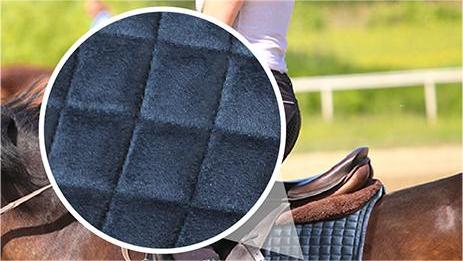


Thickness
Saddle pads come in various thicknesses, and the right choice largely depends on your horse’s needs. For instance, a horse with a well-fitted saddle may only need a thin pad for sweat absorption, while a horse with a slightly ill-fitted saddle may benefit from a thicker pad for extra cushioning. However, be cautious not to use a thick pad to correct significant saddle fit problems.
Horse’s Comfort
Above all, consider your horse’s comfort. If you notice your horse showing signs of discomfort or irritation such as bucking, pinning its ears back when saddled, or experiencing patchy sweat after a ride, it may be due to an inappropriate saddle pad. In such cases, consider trying different materials, thicknesses, or sizes until you find a combination that keeps your horse comfortable and happy.

Maintenance and Durability
Lastly, consider how easy it is to clean and maintain the saddle pad and its longevity. Materials like synthetics are often machine-washable and dry quickly, while wool or sheepskin might require more care.
Choosing the right saddle pad requires understanding your horse’s needs and preferences, as well as the demands of your riding discipline. By keeping these factors in mind, you can ensure a comfortable ride for both you and your equine companion. Remember, the right saddle pad is a small investment that yields significant returns in the form of a happy, healthy, and high-performing horse.


